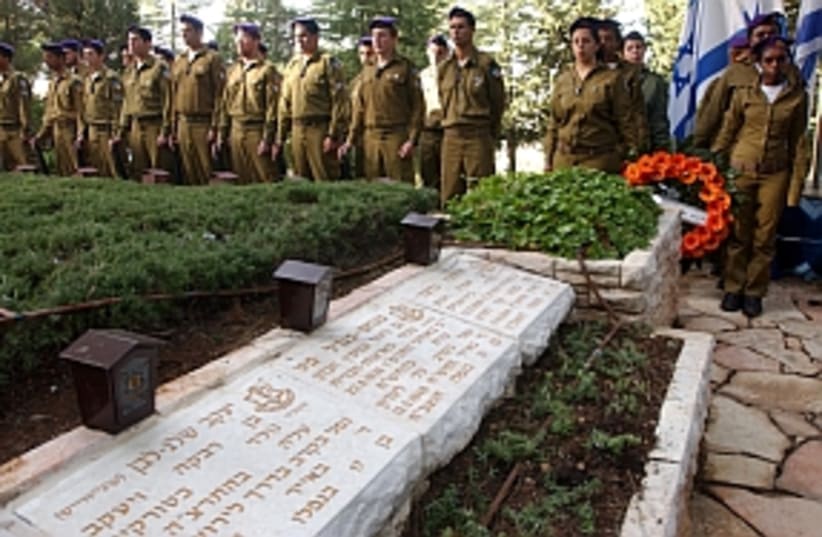| More about: | David Ben-Gurion, Yitzhak Rabin, Elazar Stern, Givati Brigade |
2 US Mahal volunteers killed in '48 laid to rest
'Fifty-seven years is a very long time to have to wait to come together like this and say goodbye.'


| More about: | David Ben-Gurion, Yitzhak Rabin, Elazar Stern, Givati Brigade |